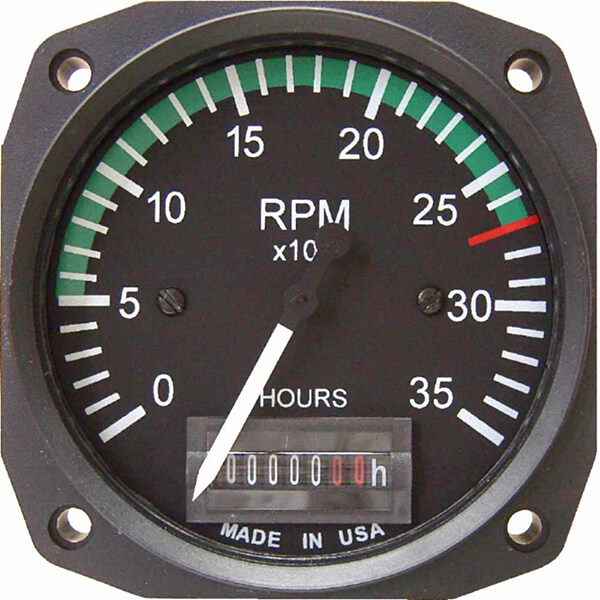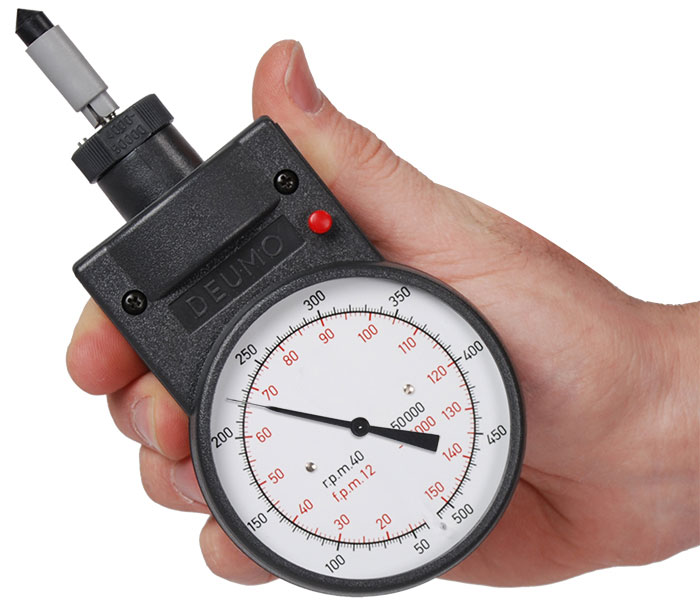Exactly how to Choose the Right Tachometer for Your Vehicle or Motorcycle
Exactly how to Choose the Right Tachometer for Your Vehicle or Motorcycle
Blog Article
The Relevance of a Tachometer in Keeping An Eye On Engine Speed and Performance in Automotive Applications
In the realm of automobile engineering, the tachometer stands as an essential tool in the vehicle driver's collection, giving a direct home window into the internal operations of a car's engine. Past its feature as a simple scale of transformations per min (RPM), the tachometer functions as an essential device for lovers and specialists alike, supplying real-time understandings into engine performance and health. Understanding the value of this tool exceeds surface-level observations, delving into the complex partnership between engine speed, power output, and general driving experience. As we explore the diverse duty of the tachometer in automobile applications, a deeper admiration for its effect on car dynamics and effectiveness starts to arise.
Relevance of Keeping Track Of Engine RPM
Keeping an eye on engine RPM, or changes per min, is an important element of vehicle upkeep and performance assessment. Engine RPM directly correlates with the rate at which the engine's crankshaft revolves, showing how swiftly the engine is running - tachometer. By keeping track of RPM, technicians can assess the health and wellness of the engine, detect possible concerns, and fine-tune efficiency. An abnormal RPM reading may signal troubles such as engine misfires, defective ignition system, or issues with the fuel delivery system. Regularly high RPM analyses could indicate hostile driving practices or the need for a greater gear shift to improve fuel efficiency.
In addition, keeping an eye on engine RPM is vital for performance assessment in auto racing and high-performance automobiles. Preserving ideal RPM levels is critical for accomplishing peak power outcome and velocity. Racers often use tachometers to ensure they are running within the perfect RPM range for optimum efficiency. In summary, keeping an eye on engine RPM is not only crucial for identifying concerns but likewise for enhancing engine performance in different automobile applications.

Advantages of Real-Time Data
In automotive applications, real-time data plays a vital role in providing immediate insights into the efficiency and problem of the car. By constantly keeping an eye on numerous parameters such as engine speed, temperature, gas consumption, and extra, real-time information supplies various benefits that add to enhanced effectiveness and security on the roadway.
Furthermore, real-time information promotes efficiency optimization by giving immediate comments on driving behaviors and engine performance. Motorists can adjust their behavior in real-time based on this details to attain better fuel economy and extend the lifespan of their car.

In addition, real-time data plays an important function in modern auto diagnostics, enabling technicians to swiftly identify and resolve malfunctions. This leads to minimized downtime, reduced maintenance expenses, and ultimately, improved general automobile reliability and durability (tachometer). By harnessing the power of real-time data, vehicle stakeholders can make informed decisions that positively affect both the performance and long life of the automobile
Impact on Equipment Shifts
Effective equipment changes in vehicle applications substantially affect overall efficiency and driving experience. The tachometer plays a vital function in optimizing equipment shifts by offering real-time engine rate information to the Recommended Site motorist. When approaching the redline on the tachometer, it indicates the vehicle driver to upshift to prevent over-revving the engine and triggering potential damage. On the various other hand, downshifting at the best moment can help keep the engine in its power band, ensuring receptive acceleration when needed.
In addition, the tachometer help in attaining smoother equipment transitions, specifically in manual transmissions. By keeping track of engine rate, motorists can implement equipment shifts at the optimal RPM variety, reducing snagging movements and minimizing endure the transmission elements. This accuracy in gear modifications not only enhances driving comfort however also contributes to sustain performance.
Enhancing Gas Performance
Provided the critical function the tachometer plays in maximizing gear shifts for efficiency and engine wellness, it directly adds to making the most of gas performance in automobile applications. By offering real-time comments on engine rate, the tachometer helps chauffeurs in preserving the most efficient RPM array for gas economy. When drivers consistently keep track of the tachometer and readjust their motoring habits accordingly, they can avoid unneeded fuel consumption triggered by over-revving or lugging the engine.
In addition, the tachometer helps motorists determine the most fuel-efficient gear to be in at any provided moment, click here for info protecting against the engine from functioning tougher than essential. In conclusion, the tachometer serves as a beneficial tool in improving fuel performance by advertising optimum driving routines and recognizing locations for improvement in the vehicle's performance.

Optimizing Engine Longevity
The tachometer's role in monitoring engine speed and efficiency is instrumental in making certain the longevity of automotive engines. By using the tachometer effectively, drivers can maximize engine durability with conscious you can look here RPM management. Regularly revving an engine too expensive can bring about excessive deterioration on vital components, such as the pistons, valves, and bearings. With time, this can lead to lowered engine performance and possible breakdowns. Keeping an eye on the tachometer enables chauffeurs to remain within the suggested RPM variety for their car, avoiding unnecessary stress on the engine and prolonging its life expectancy.

Conclusion
Finally, the tachometer plays an important function in keeping track of engine speed and performance in vehicle applications. By offering real-time data on RPM, it permits for efficient equipment changes, enhanced gas performance, and optimized engine durability. This device is crucial for maintaining optimal engine efficiency and guaranteeing the overall capability of a vehicle.
Report this page